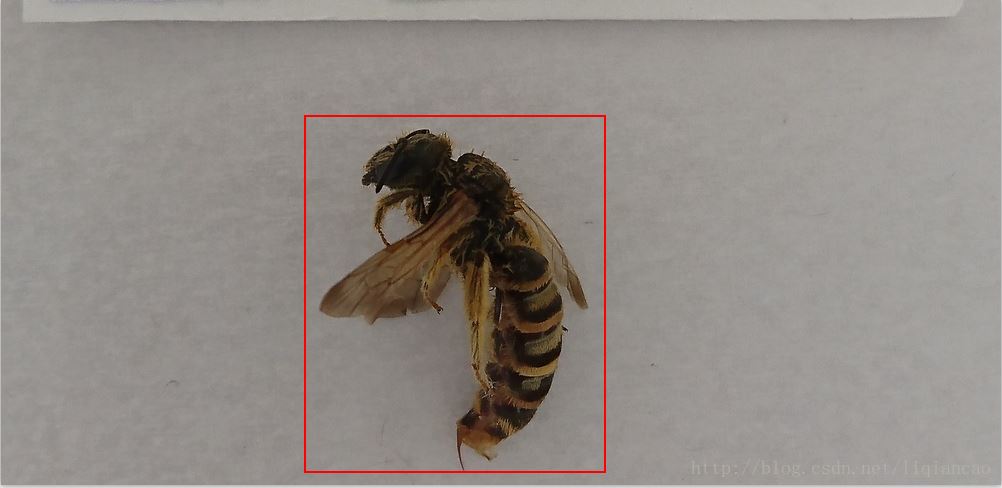python列表操作实例
本文实例讲述了python列表操作的方法。分享给大家供大家参考。
具体实现方法如下:
复制代码 代码如下:
class Node:
"""Single node in a data structure"""
def __init__(self, data):
"""Node constructor"""
self._data = data
self._nextNode = None
def __str__(self):
"""Node data representation"""
return str(self._data)
class List:
"""Linked list"""
def __init__(self):
"""List constructor"""
self._firstNode = None
self._lastNode = None
def __str__(self):
"""List string representation"""
if self.isEmpty():
return "empty"
currentNode = self._firstNode
output = []
while currentNode is not None:
output.append(str(currentNode._data))
currentNode = currentNode._nextNode
return " ".join(output)
def insertAtFront(self, value):
"""Insert node at front of list"""
newNode = Node(value)
if self.isEmpty(): # List is empty
self._firstNode = self._lastNode = newNode
else: # List is not empty
newNode._nextNode = self._firstNode
self._firstNode = newNode
def insertAtBack(self, value):
"""Insert node at back of list"""
newNode = Node(value)
if self.isEmpty(): # List is empty
self._firstNode = self._lastNode = newNode
else: # List is not empty
self._lastNode._nextNode = newNode
self._lastNode = newNode
def removeFromFront(self):
"""Delete node from front of list"""
if self.isEmpty(): # raise exception on empty list
raise IndexError, "remove from empty list"
tempNode = self._firstNode
if self._firstNode is self._lastNode: # one node in list
self._firstNode = self._lastNode = None
else:
self._firstNode = self._firstNode._nextNode
return tempNode
def removeFromBack(self):
"""Delete node from back of list"""
if self.isEmpty(): # raise exception on empty list
raise IndexError, "remove from empty list"
tempNode = self._lastNode
if self._firstNode is self._lastNode: # one node in list
self._firstNode = self._lastNode = None
else:
currentNode = self._firstNode
# locate second-to-last node
while currentNode._nextNode is not self._lastNode:
currentNode = currentNode._nextNode
currentNode._nextNode = None
self._lastNode = currentNode
return tempNode
def isEmpty(self):
"""Returns true if List is empty"""
return self._firstNode is None
"""Single node in a data structure"""
def __init__(self, data):
"""Node constructor"""
self._data = data
self._nextNode = None
def __str__(self):
"""Node data representation"""
return str(self._data)
class List:
"""Linked list"""
def __init__(self):
"""List constructor"""
self._firstNode = None
self._lastNode = None
def __str__(self):
"""List string representation"""
if self.isEmpty():
return "empty"
currentNode = self._firstNode
output = []
while currentNode is not None:
output.append(str(currentNode._data))
currentNode = currentNode._nextNode
return " ".join(output)
def insertAtFront(self, value):
"""Insert node at front of list"""
newNode = Node(value)
if self.isEmpty(): # List is empty
self._firstNode = self._lastNode = newNode
else: # List is not empty
newNode._nextNode = self._firstNode
self._firstNode = newNode
def insertAtBack(self, value):
"""Insert node at back of list"""
newNode = Node(value)
if self.isEmpty(): # List is empty
self._firstNode = self._lastNode = newNode
else: # List is not empty
self._lastNode._nextNode = newNode
self._lastNode = newNode
def removeFromFront(self):
"""Delete node from front of list"""
if self.isEmpty(): # raise exception on empty list
raise IndexError, "remove from empty list"
tempNode = self._firstNode
if self._firstNode is self._lastNode: # one node in list
self._firstNode = self._lastNode = None
else:
self._firstNode = self._firstNode._nextNode
return tempNode
def removeFromBack(self):
"""Delete node from back of list"""
if self.isEmpty(): # raise exception on empty list
raise IndexError, "remove from empty list"
tempNode = self._lastNode
if self._firstNode is self._lastNode: # one node in list
self._firstNode = self._lastNode = None
else:
currentNode = self._firstNode
# locate second-to-last node
while currentNode._nextNode is not self._lastNode:
currentNode = currentNode._nextNode
currentNode._nextNode = None
self._lastNode = currentNode
return tempNode
def isEmpty(self):
"""Returns true if List is empty"""
return self._firstNode is None
希望本文所述对大家的Python程序设计有所帮助。



